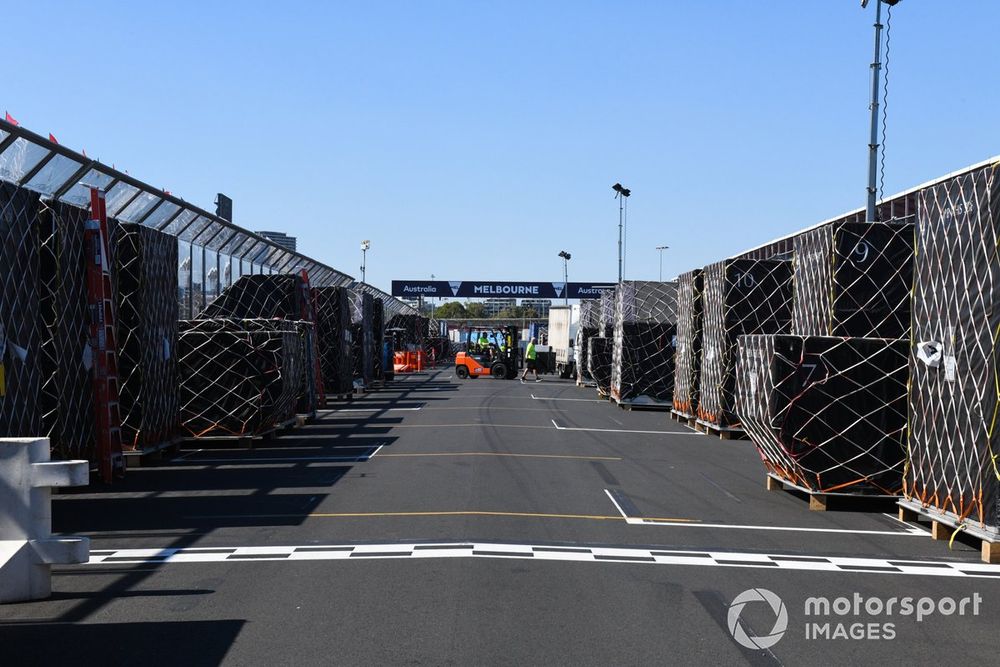F1’s Net Zero by 2030 campaign aims to cut 50% of absolute carbon emissions compared to its 2018 baseline, which encompasses the energy consumption at its facilities, F1’s race events and all the travel and logistics in between. It pledges to put a credible offset strategy in place for the rest of its emissions.
While the full suite of data on 2023 is not available yet, F1’s latest impact report boasts a 13% cut between 2018 and 2022, while detailing the series’ latest initiatives to help achieve that goal.
The logistical aspect of hosting a 24-race calendar means that area has become 49% of its carbon footprint, with several initiatives under way to mitigate the impact of its expansion.
Following the move to more efficient Boeing 777F freighter jets, its logistics partner DHL has switched to a new fleet of 18 trucks powered by drop-in biofuel to reduce emissions across the calendar’s nine European races.
Restructuring the overseas calendar is also a key part of further streamlining logistics. And while still a work in progress, moving the Japanese Grand Prix to its new spring date is said to be one of the changes helping to optimise the flow of freight from Australia and China to subsequent rounds.
“The reason that’s important is because the calendar reflects our current freight model, which is where the majority of emissions are due to air freight that travels point to point,” said Ellen Jones, F1’s Head of Energy, Sustainability and Governance.
“When you can reduce those distances, you can reduce your carbon footprint, in addition to the technological innovation that we can then support, such as biofuels and trucks, and sustainable aviation fuel in the future.”
Boxes and crates of freight on the pit straight
Photo by: John Toscano / Motorsport Images
F1 has further come up with ways to reduce the amount of freight and personnel required at events, instead increasing its remote capabilities.
“The transition to renewable energy both at home and away is really critical for us and is really driven the first 13% in terms of our reductions,” said Jones.
“Within the 2022 stats, that’s driven a 56% decrease in emissions across factories and facilities. To be accounted in 2023 and beyond, you can also start to see how we’re transitioning to renewable energy outside of the UK.”
Last year, F1 trialled renewable power generators running on biofuel and solar energy at the Austrian Grand Prix, which it says reduced paddock…
Click Here to Read the Full Original Article at Autosport.com – Formula 1 – Stories…

